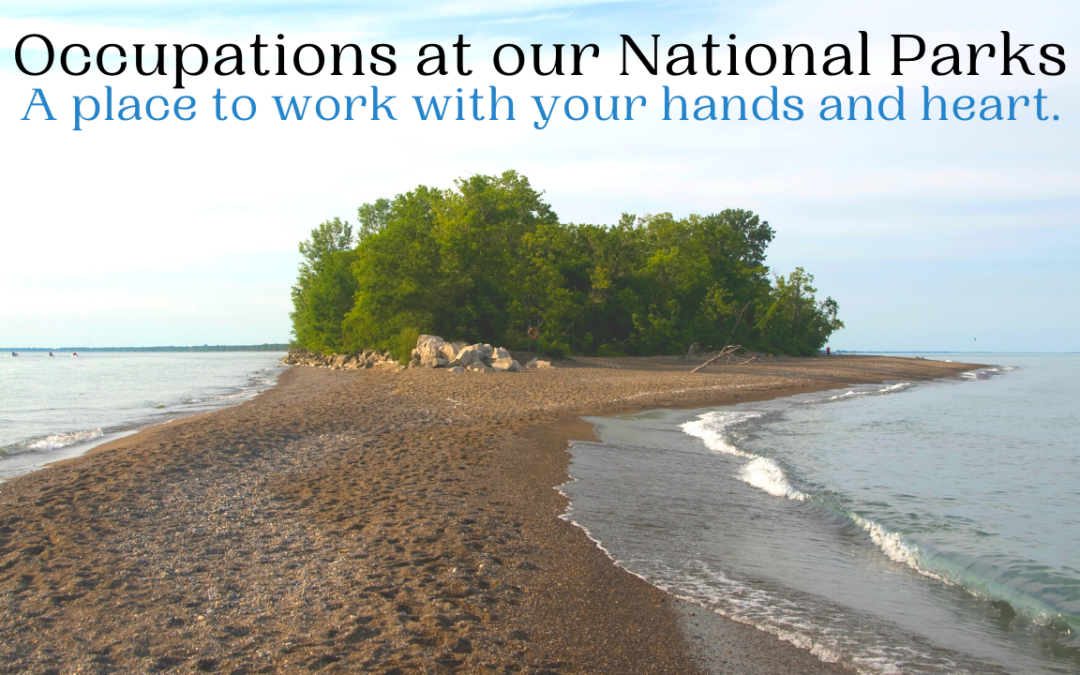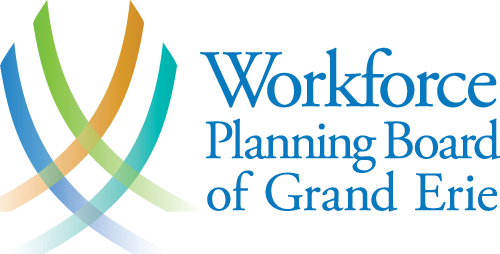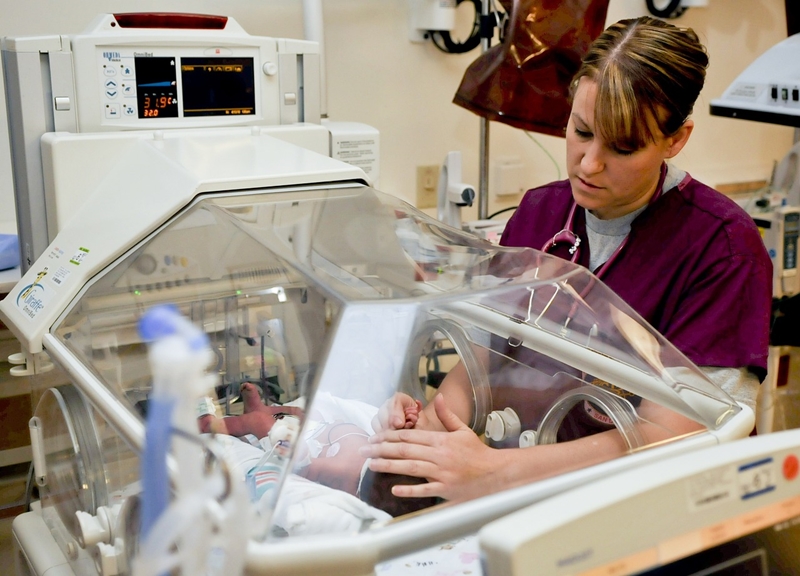
Occupations at our National Parks
Parks Canada: A place to work with your hands and heart
“On behalf of the people of Canada, we protect and present nationally significant natural and cultural heritage, and foster public understanding, appreciation and enjoyment in ways that ensure the ecological and commemorative integrity of these places for present and future generations” ~ Parks Canada
Canada’s National Parks Day takes place the third Saturday of each July and it is an occasion to celebrate our country’s maginficient natural and historic sites and the people who take care of them.
People who work at Canada’s national parks protect and preserve our national parks, national historic sites and national marine conservation areas for future generations.
They are the friendly faces that welcome us at the visitor centers, they are the storytellers that open our eyes to different perspectives on Canada’s history and they are also the people who work behind-the-scenes to help make our park experiences enjoyable and meaningful.
Parks Canada is the name of the federal department that does all this. There are many different positions across our national parks and every person plays a critical role in helping to protect, preserve, and share these special places and stories with all of us.
Occupations at Parks Canada are diverse and range from Education Specialist and Park Warden to Wildland Firefighter and Physical Science Technician. They also include an established student employment program that includes summer jobs, part-time positions and co-op work experiences.
A more commonly know position, that of Park Ranger, or Park Warden, plays a key role in preserving Canada’s natural resources – a park warden studies, monitors and manages ecosystems and is essential in decision making by providing scientific information. A Park Warden’s other role is ensuring the safety of visitors by developing public safety programs and providing law enforcement services in Canada’s national parks. They wear a distinct uniform and carry personal protective equipment. They also build partnerships with neighbouring communities.
When hiring, Parks Canada requires a post-secondary education with a diploma or degree in natural resource management, environmental sciences with related coursework in a discipline such as botany or forestry or a field related to conservation or natural resource enforcement. First aid and CPR level C certification are required and park wardens must meet medical and physical fitness standards.
Additional requirements also typically include a year of relevant experience in an area such as fish, wildlife, or recreation management, scientific work, or law enforcement.
Why work for Parks Canada? – Jobs at Parks Canada (pc.gc.ca)
Parks Canada has 46 national parks across the country such as Point Pelee National Park on the nearby shores of Lake Erie or Bruce Peninsula National Park in Tobermory and 171 national historic sites including Brantford’s very own Bell Homestead National Historic Site, the home where Alexander Graham Bell invented the telephone on July 26, 1874 and Ruthven Park National Historic Site in Cayuga, as well as national historic canals and 4 national marine conservation areas.
A team of more than five thousand people work in a wide range of jobs at these sites. Anyone who wishes to apply for these opportunities can find them posted on www.jobs.gc.ca
People who work as Ecosystem Scientists, Archeologists and Resource Management Technicians, to name a few, protect the integrity of our special places, and visitors and residents in and around them. Their work safeguards both Canada’s special places and those who visit here.
Those who work as Public Education and Outreach Officers, Visitor Services Attendants and Interpreters open doors to places of discovery and learning, reflection and recreation. They also develop and deliver programs that recount the history of our land and our people – the stories of Canada that touch millions of visitors from around the world.
People in occupations such as Water & Wasterwater Operators, Social Scientists and Maintenance Workers provide support, advice, guidance and services in many fields.
The Ontario government manages provincial parks such as Long Point Provincial Park in Norfolk County and Selkirk Provincial Park in Haldimand County, which offer some similar jobs and careers as Parks Canada, while at the more local level there are conservation authorities.
The Grand River Conservation Authority (GRCA) manages water and other natural resources on behalf of 39 municipalities and close to one million residents of the Grand River watershed.
Brant Park Conservation Area which is nestled in a bend of the Grand River amid the historic communities of Brantford and Brant County is just a few minutes away from the First Nations territories of the Six Nations and Mississaugas of the New Credit and falls under the GRCA.
Explore jobs at the Grand River Conservation Authority:












